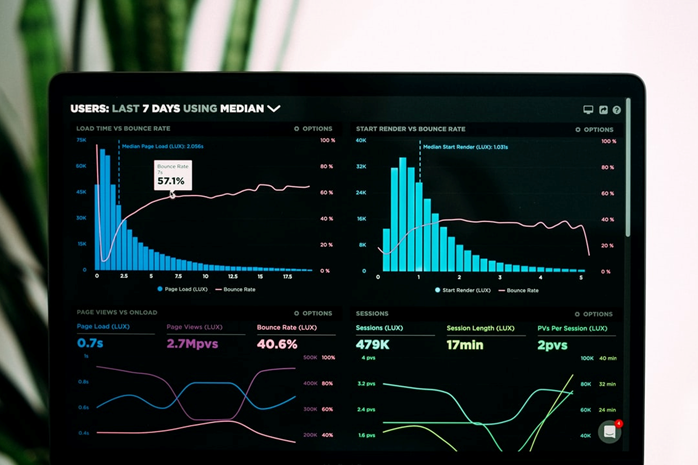A Pareto chart is a graphical tool used to display the relative proportions of occurrence of different values. The chart is named after Vilfredo Pareto, an Italian economist who observed that 80% of the land in Italy was owned by 20% of the population. The Pareto chart is composed of a vertical axis that measures the frequency of occurrence of values and a horizontal axis that displays the range of values. The bars on the chart are proportional to the relative frequency of occurrence of the values. The chart typically has a main title, a subtitle, and a legend. Below, you’ll learn more about Pareto charts and find some examples of real-life applications.
Table of Contents
Using Pareto Chart

The Pareto chart is made up of a series of bars, with each bar representing a different value. The height of the bar is proportional to the frequency of occurrence of that value. The bars are arranged in descending order so that the value with the highest frequency is at the top. If you want a formal Pareto chart definition, it is a useful tool for identifying the most important values. In most cases, the largest bar on the chart will be the most important value. However, there may be cases where the most important value is not the largest bar. A Pareto chart can also be used to find the difference between two values. For example, if the value with the highest frequency is 50 and the value with the lowest frequency is 5, the difference between the two values is 45.
Pareto Chart Examples
When it comes to quality control in a retail setting, using a Pareto chart is an effective way to identify the most common sources of defects. The Pareto chart is a graphical tool that helps to identify and prioritize the most important problems. The Pareto principle, or the 80/20 rule, states that 80% of the effects come from 20% of the causes. The Pareto chart is created by sorting a list of defects by frequency and plotting the bars on a graph. The height of the bar is proportional to the number of defects, and the bars are arranged from the most frequent to the least frequent.
How to Create a Pareto Chart

To create a Pareto chart, list the different values you want to compare in descending order, with the most important value at the top. Draw a graph with the value on the y-axis and the percentage on the x-axis. Use a line graph to connect the points. You can also use a bar graph if you want to show the relative proportions of occurrence of the different values. You can also use a program like Excel on your personal computer to create the chart.
Pareto Principle
The Pareto principle, also known as the 80/20 rule, states that, for many events, roughly 80% of the effects come from 20% of the causes. That’s why the chart is created by dividing a column chart by bars. The bars are usually sized to represent the relative proportions of occurrence of the different values. The leftmost column is always the total, and the rightmost column is always the total minus the leftmost column.
The Pareto principle can be used to help identify the most important factors affecting a process. Once the important factors have been identified, the Pareto principle can be used to help prioritize corrective action. The Pareto principle is also used to help identify the most important problems affecting a process. Once the important problems have been identified, the Pareto principle can be used to help prioritize corrective action.
The Pareto chart is a very effective tool for quality control in the workplace. It can be used to identify the most common problems, the most important problems, and the sources of defects.





